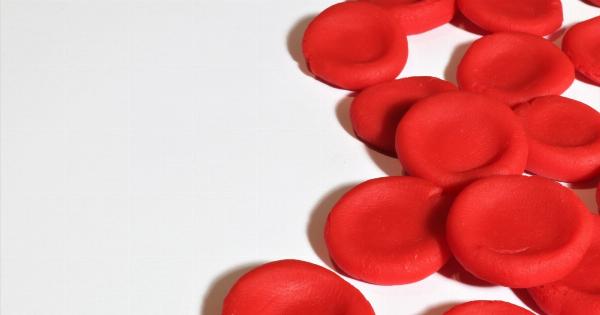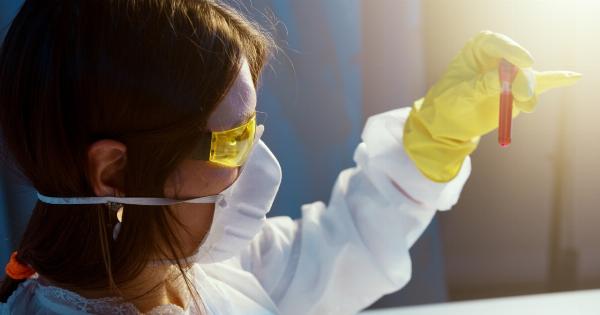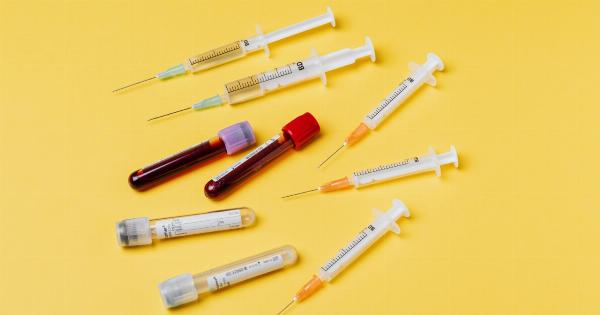Blood donation is a noble act that has the power to save lives and make a significant impact in the community. It is a selfless act of giving that often goes unnoticed, yet is essential for the well-being of countless individuals.
With the increasing demand for blood transfusions and the limited supply of donated blood, it is crucial for us to come together and support blood donation drives. In this article, we will explore the importance of blood donation, the process involved, and why it’s time for everyone to participate in this life-saving endeavor.
Why is Blood Donation Important?
Blood is a vital component of our body that carries oxygen, nutrients, and hormones to every cell, tissue, and organ. It plays a crucial role in maintaining our overall health and well-being.
However, accidents, surgeries, and medical conditions often require blood transfusions to save lives.
Unfortunately, the demand for blood transfusions exceeds the available supply in many hospitals and healthcare centers. This shortage can be attributed to various factors, including inadequate awareness, misconceptions, and fear among potential donors.
By conducting blood donation drives, we can bridge this gap and ensure that sufficient blood is available for those in need.
The Process of Blood Donation
Blood donation is a straightforward and safe process that takes about an hour from start to finish. The general steps involved in blood donation are as follows:.
1. Registration and Screening
When you arrive at a blood donation drive or a blood center, you will be asked to fill out a registration form that collects basic personal information.
This step ensures that you meet the eligibility criteria for blood donation and helps the healthcare professionals in screening potential donors.
2. Medical History and Physical Examination
Once registered, a healthcare professional will review your medical history and ask you a few questions to ensure that you are in good health and meet the requirements to donate blood.
They will also check your vital signs like blood pressure, heart rate, and hemoglobin levels to confirm your eligibility.
3. Blood Donation
If deemed eligible, you will be guided to a donation bed or reclining chair. The healthcare professional will cleanse your arm and insert a sterile needle to collect blood.
The average donation is approximately one pint (about 470 ml) which takes around 8-10 minutes.
4. Post-Donation Refreshments and Rest
After the blood donation, you will be advised to rest for a few minutes and have some refreshments. It is essential to replenish fluids and have a light snack to restore your energy levels.
This also ensures that you recover fully before resuming your daily activities.
Benefits of Blood Donation
Blood donation not only benefits those in need but also provides several advantages to the donors themselves.
1. Save Lives
Perhaps the most significant benefit of blood donation is the opportunity to save lives. Every donation has the potential to make a difference and help those facing life-threatening conditions or emergencies.
2. Health Check-up
Before donating blood, potential donors undergo a thorough health screening process, where key health indicators are checked.
This can serve as an early detection tool for certain medical conditions, giving individuals a chance to address any health concerns promptly.
3. Reduced Risk of Heart Disease
Studies have shown that regular blood donation can reduce the risk of cardiovascular diseases.
By donating blood, excess iron is removed from the body, which can help prevent the accumulation of iron in vital organs, reducing the risk of heart diseases.
4. Psychological Benefits
Knowing that you have made a positive impact on someone’s life can bring about a sense of fulfillment and happiness. Blood donation gives donors a chance to contribute to their community and experience the joy of giving.
Myths and Misconceptions about Blood Donation
Despite the critical need for blood donations, several myths and misconceptions prevent potential donors from participating. Let’s debunk some of the common misunderstandings:.
1. Blood Donation is Painful
Many people worry that donating blood will be a painful experience. In reality, the pain is minimal and often compared to a quick pinch. The discomfort subsides quickly, and you can feel proud of the positive impact you have made.
2. Donating Blood is Time-Consuming
People often perceive blood donation as a time-consuming process. In truth, the entire process, from registration to post-donation rest, takes around an hour.
Considering the lives you can save with this small investment of time, it is undoubtedly worth it.
3. Blood Donation has Long-Term Health Effects
Some individuals fear that donating blood may have long-term health effects or lead to a reduced blood count. However, the human body is incredibly resilient, and the blood volume replenishes itself within a few weeks of donation.
Donating blood does not have any long-term adverse effects on the donor’s health.
How to Prepare for Blood Donation
To ensure a successful blood donation, it is vital to prepare adequately beforehand. Here are a few steps you can take:.
1. Stay Hydrated
Drink plenty of water and stay well-hydrated before and after the donation. This helps maintain blood volume and makes the donation process smoother.
2. Eat Nutritious Meals
Consume iron-rich foods like spinach, lean meats, and lentils in the days leading up to the donation. A nutritious diet helps maintain adequate hemoglobin levels in your blood.
3. Rest Well
Ensure you have a good night’s sleep before the donation to avoid any fatigue or dizziness during the process.
Conclusion
Blood donation is an act of compassion and humanity that holds the power to save lives and improve the well-being of others.
By participating in blood donation drives, we can address the ongoing shortage of blood supply and ensure that patients in need receive timely and adequate transfusions. It’s time for everyone to come forward, contribute, and make a positive impact that will resonate far beyond the act of giving blood.





























